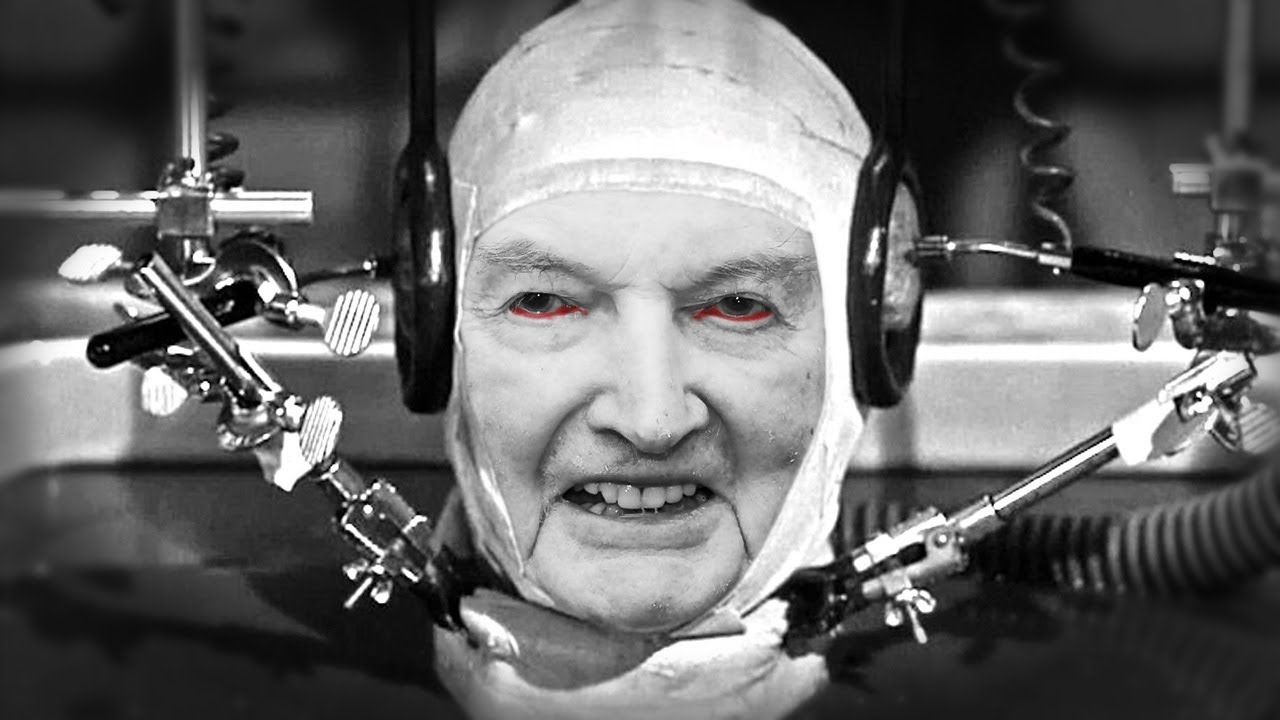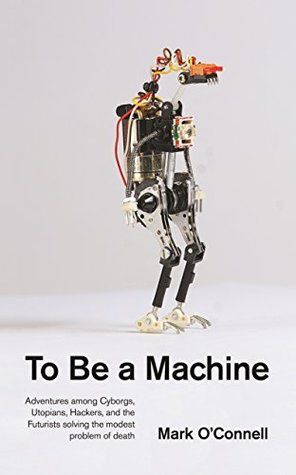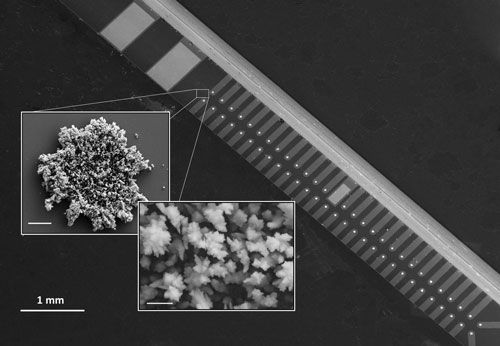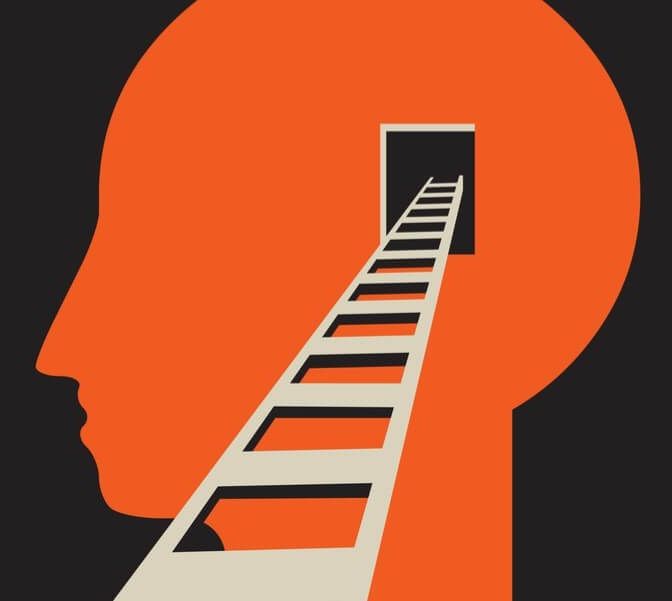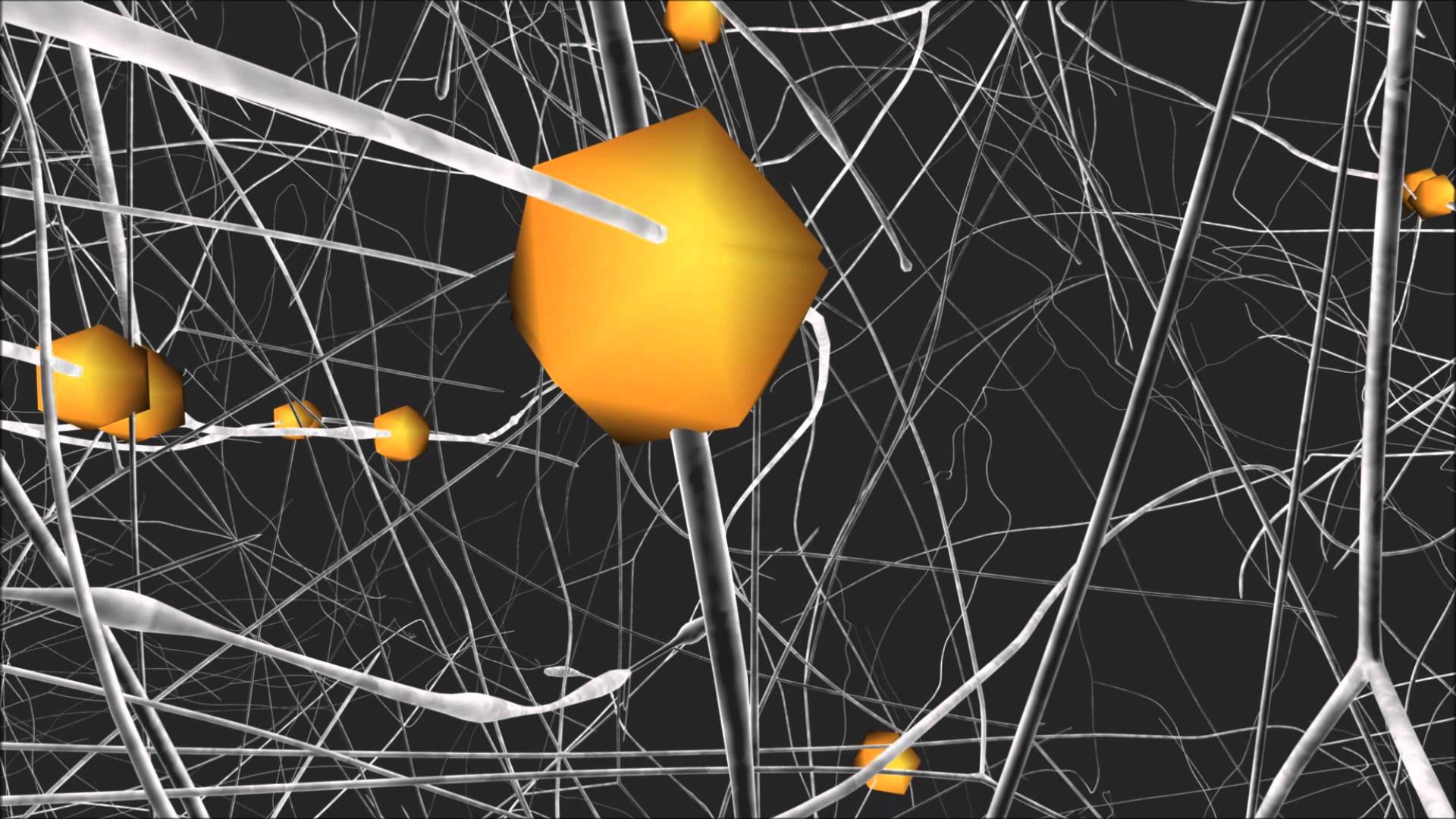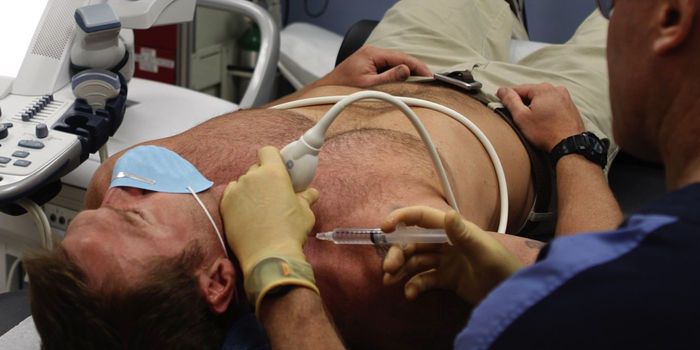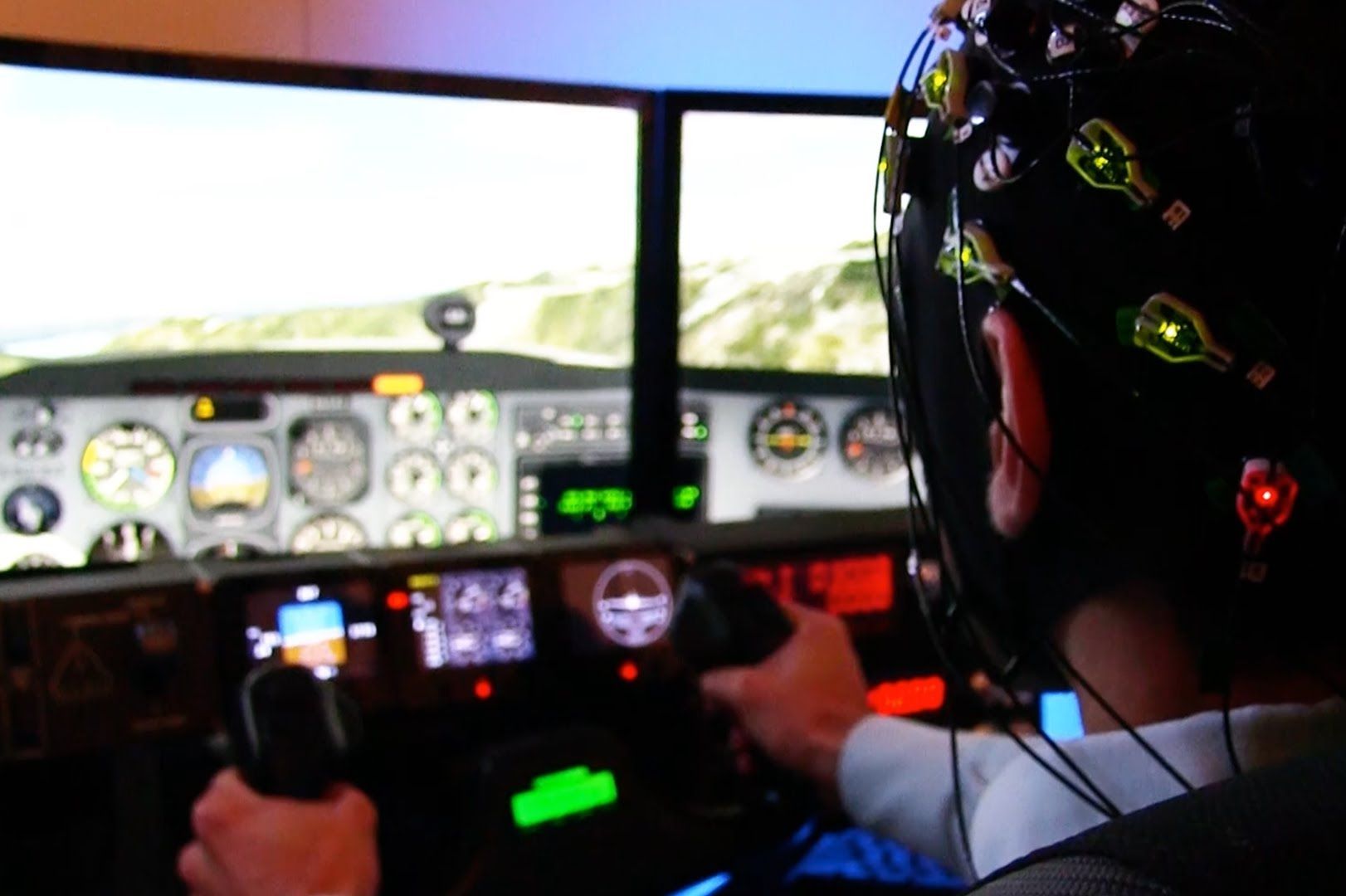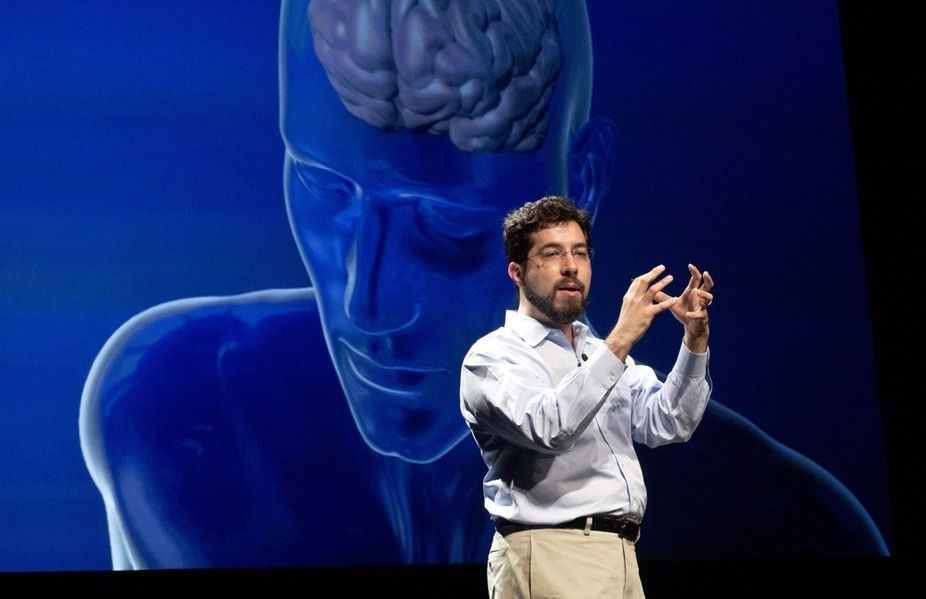Jun 22, 2017
Testosterone Hormone Linked to Higher IQ
Posted by Shailesh Prasad in category: neuroscience
University of Alberta researcher Marty Mrazik, Ph.D., says being bright may be due to an excess level of a natural hormone.
Mrazik, and a colleague have published a paper in Roeper Review linking giftedness (having an IQ score of 130 or higher) to prenatal exposure of higher levels of testosterone.
Mrazik hypothesizes that, in the same way that physical and cognitive deficiencies may develop in utero, so too could similar exposure to this naturally occurring chemical result in giftedness.
Continue reading “Testosterone Hormone Linked to Higher IQ” »

